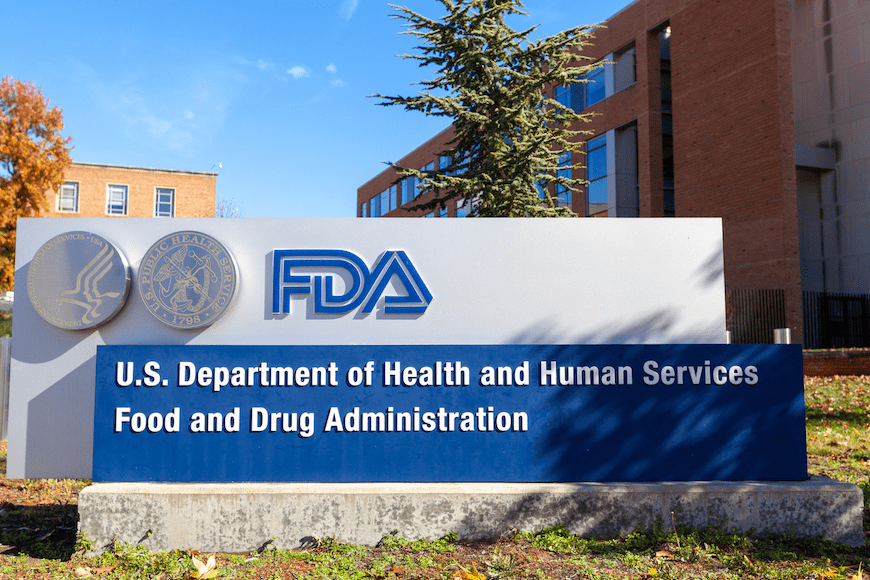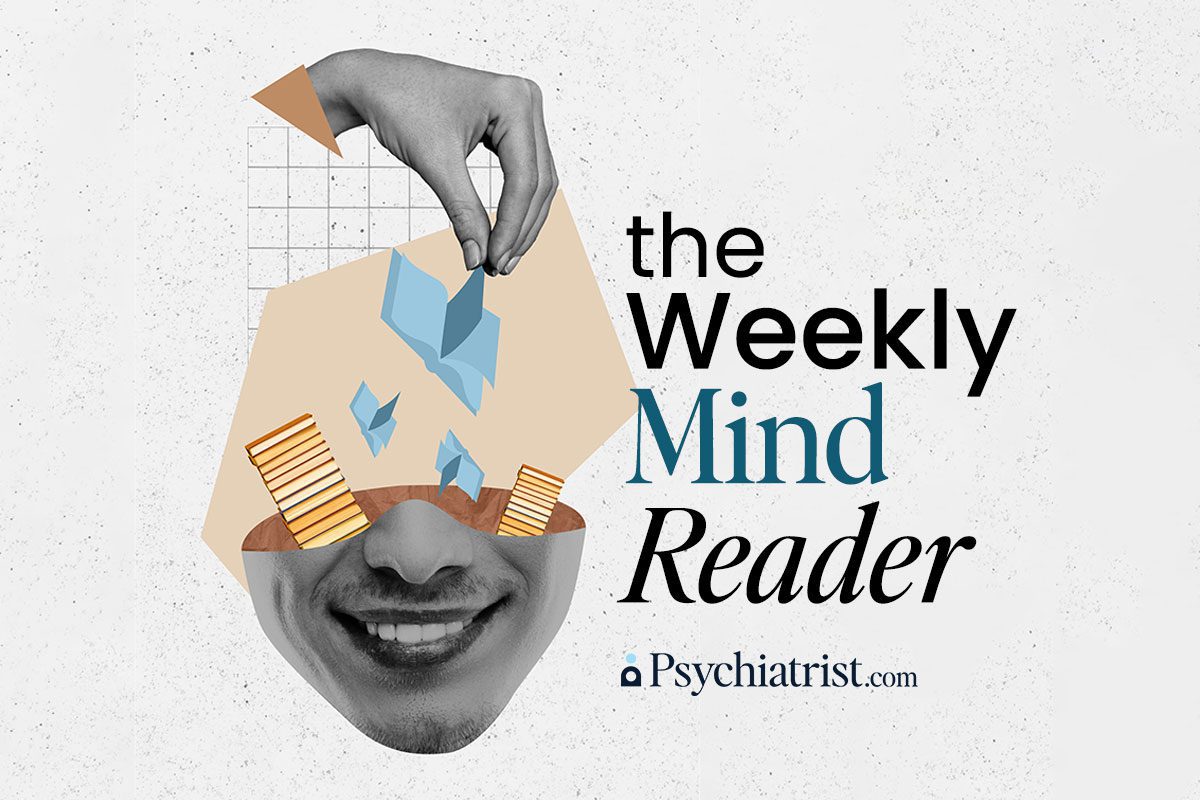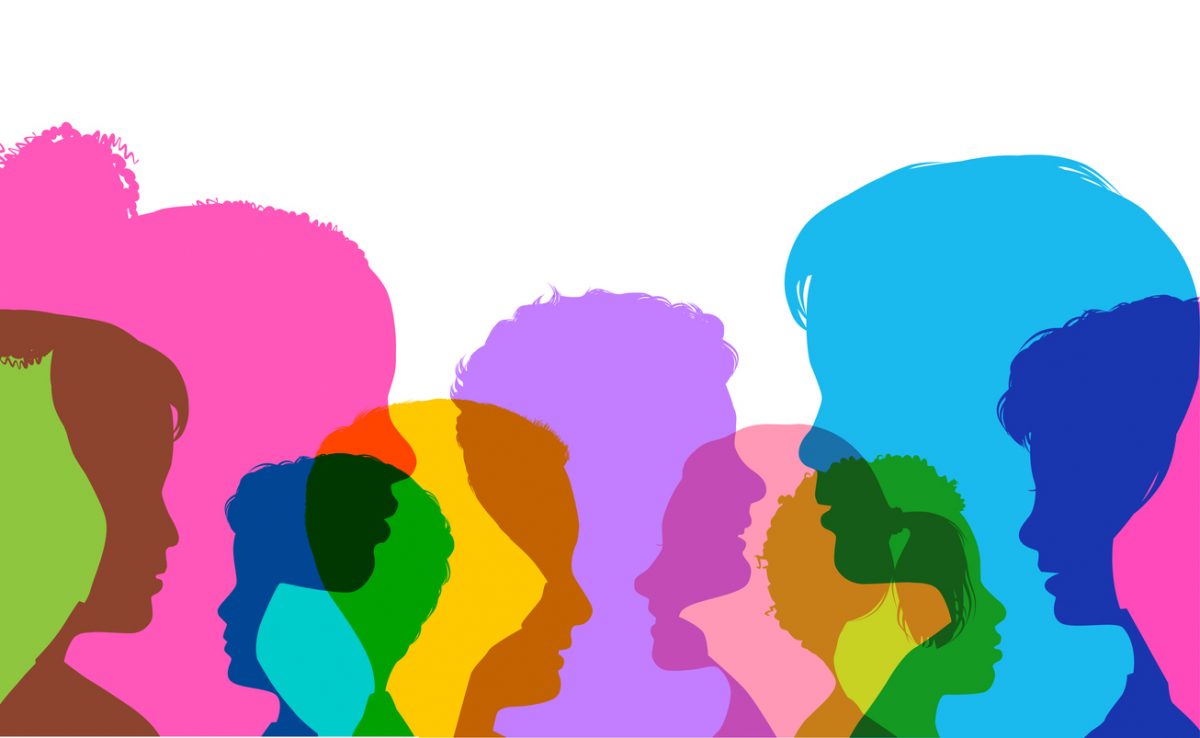Mood disorders, encompassing conditions like bipolar disorder and major depressive disorder, are complex and multifaceted. The Journal of Clinical Psychiatry offers comprehensive insights, from understanding their etiology to evidence-based therapeutic strategies. Our expert editors ensure content is clinically relevant, providing psychiatrists with the tools they need to offer effective and compassionate care to those grappling with mood disturbances.
Mood Disorders
Recently published articles about Mood Disorders
Recent JCP Articles on Mood Disorders
Brief Report
Impact of Childhood Trauma History vs Recent Trauma Symptoms on Affective Lability in Bipolar Disorder
August 17, 2021
This study examined childhood trauma and current traumatic stress ratings in bipolar and unipolar inpatients to see if higher levels of childhood trauma and current trauma symptoms are associated...






